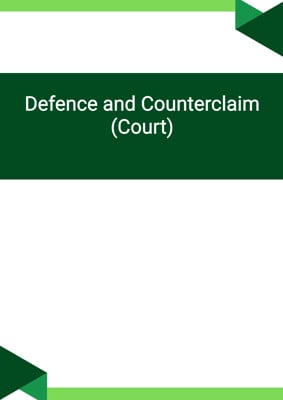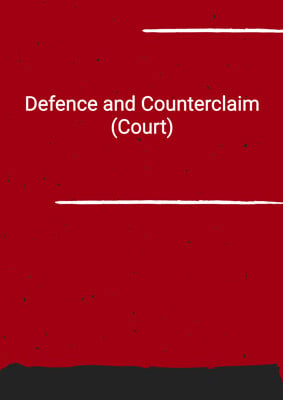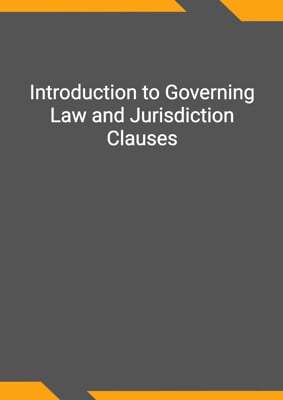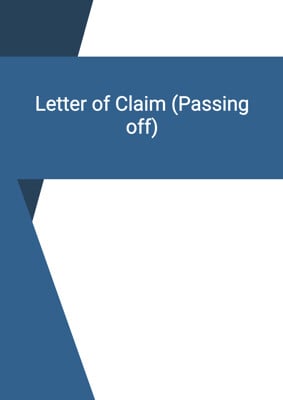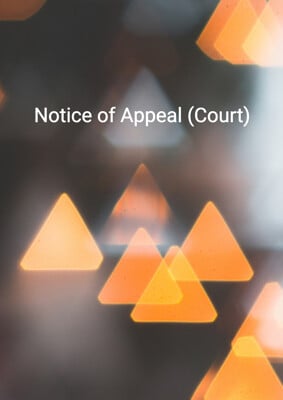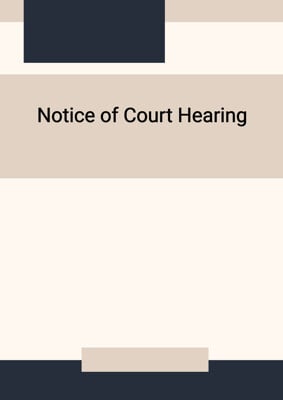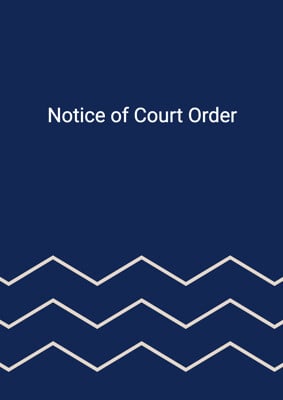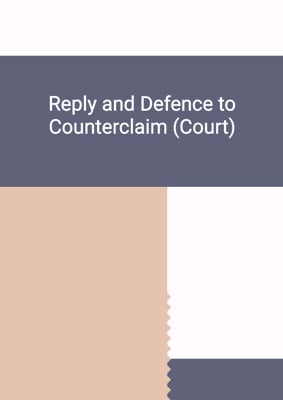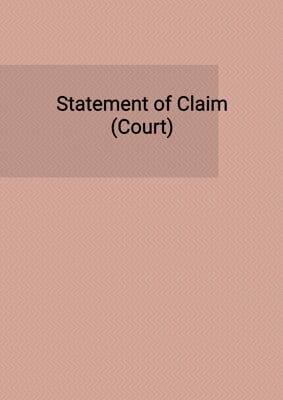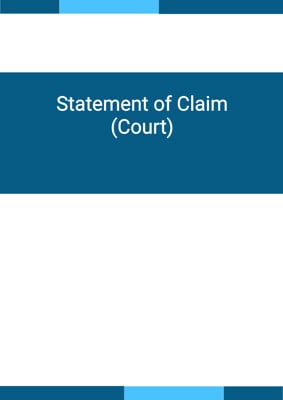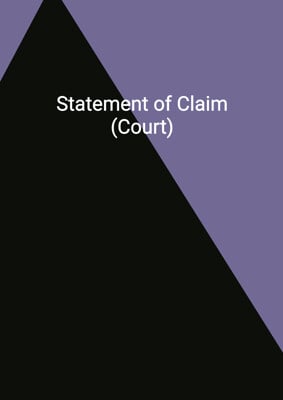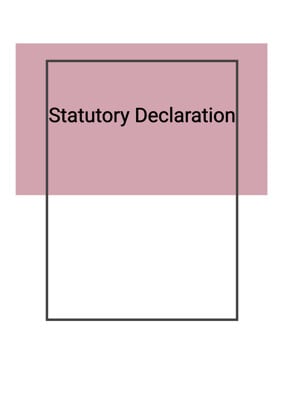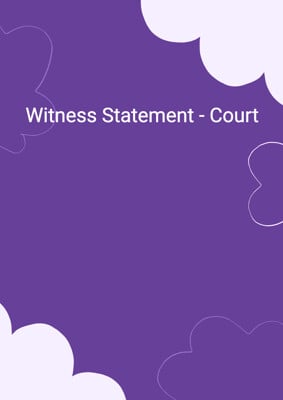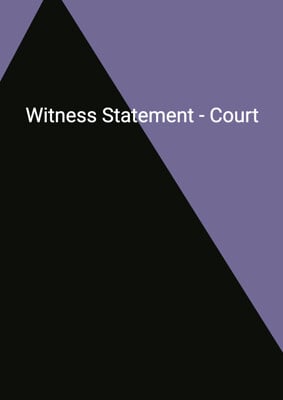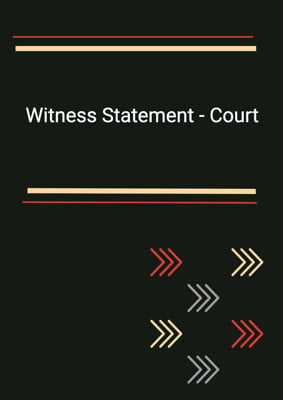How to Tailor the Document for Your Need?
01
Create Document
Fill in the details of the parties. You can click the "Fill with Member’s Information" button to complete it with information saved to your account.
02
Fill Information
Please fill in any additional information by following the step-by-step guide on the left hand side of the preview document and click the "Next" button.
03
Get Document
When you are done, click the "Get Document" button and you can download the document in Word or PDF format.
04
Review Document
The document should be signed by the authorised signatory (or directors of a company) and witnessed to complete the formality.
Document Preview
Document Description
The document titled 'Writ of Summons' is a legal document that initiates a lawsuit in a court of law. It is an official notice to the defendant, informing them that a legal action has been filed against them by the plaintiff. The importance of this document lies in its role as the starting point of a legal proceeding, setting out the claims and demands of the plaintiff.
The entire document consists of two main sections: the writ of summons and the statement of claim. The writ of summons is the initial part of the document and contains essential information such as the names of the parties involved, the court jurisdiction, and the address of the defendant. It also provides instructions to the defendant regarding their response to the claim. The statement of claim, on the other hand, outlines the details of the plaintiff's claim, including the nature of the claim and any specific demands.
In the writ of summons section, the document starts by addressing the defendant by name and their address. It informs the defendant that a writ of summons has been issued against them by the plaintiff, and directs them to the claim set out on the back of the document. It further states that within 14 days of being served with the writ, the defendant must either satisfy the claim or return the acknowledgment of service to the court registry, indicating their intention to contest the proceedings or make an admission. Failure to do so may result in judgment being entered against the defendant without further notice.
The document also includes a conditional statement that provides additional instructions if the defendant intends to make an admission. In such cases, the defendant is directed to complete an appropriate form enclosed with the document, following the accompanying directions for acknowledgment of service.
The writ of summons concludes with the date of issuance and the signature of the court registrar. It also includes a note stating that the writ may not be served later than 12 calendar months unless renewed by court order.
The statement of claim section briefly explains the plaintiff's claim, specifying the amount claimed and any demand for costs. It also mentions that if the defendant pays the claimed amount and the demanded costs within the specified time, further proceedings will be stayed. The address for service of the plaintiff is also provided.
Overall, the 'Writ of Summons' document serves as a formal notice to the defendant, outlining the claims made against them by the plaintiff and providing instructions for their response. It is a crucial document in initiating legal proceedings and ensuring that both parties are aware of their rights and obligations.
How to use this document?
Guidance for using the 'Writ of Summons' document:
1. Read the document carefully: Familiarize yourself with the entire document, including the writ of summons and the statement of claim. Understand the purpose and significance of each section.
2. Respond within the specified time: If you are served with the writ of summons, ensure that you respond within 14 days. This can be done by either satisfying the claim or returning the acknowledgment of service to the court registry.
3. Consider your options: Evaluate whether you intend to contest the proceedings or make an admission. If you choose to make an admission, follow the provided instructions and complete the appropriate form enclosed with the document.
4. Seek legal advice if necessary: If you are unsure about your rights or obligations, consult with a legal professional who can provide guidance based on your specific situation.
5. Comply with payment and deadline requirements: If you decide to satisfy the claim, ensure that you pay the claimed amount and any demanded costs within the specified time. Failure to do so may result in further legal action.
6. Keep copies and records: Maintain copies of the document, acknowledgment of service, and any other relevant correspondence. These records may be important for future reference or evidence.
7. Renewal of the writ: Note that the writ of summons may not be served later than 12 calendar months unless renewed by court order. Stay aware of any deadlines or requirements for renewal.
8. Consider legal representation: Depending on the complexity of the case, you may consider engaging legal representation to navigate the legal proceedings effectively.
Please note that this guidance is provided for informational purposes only and should not be considered as legal advice. It is recommended to consult with a qualified legal professional for specific legal guidance related to your situation.
Not the right document?
Don’t worry, we have thousands of documents for you to choose from:




